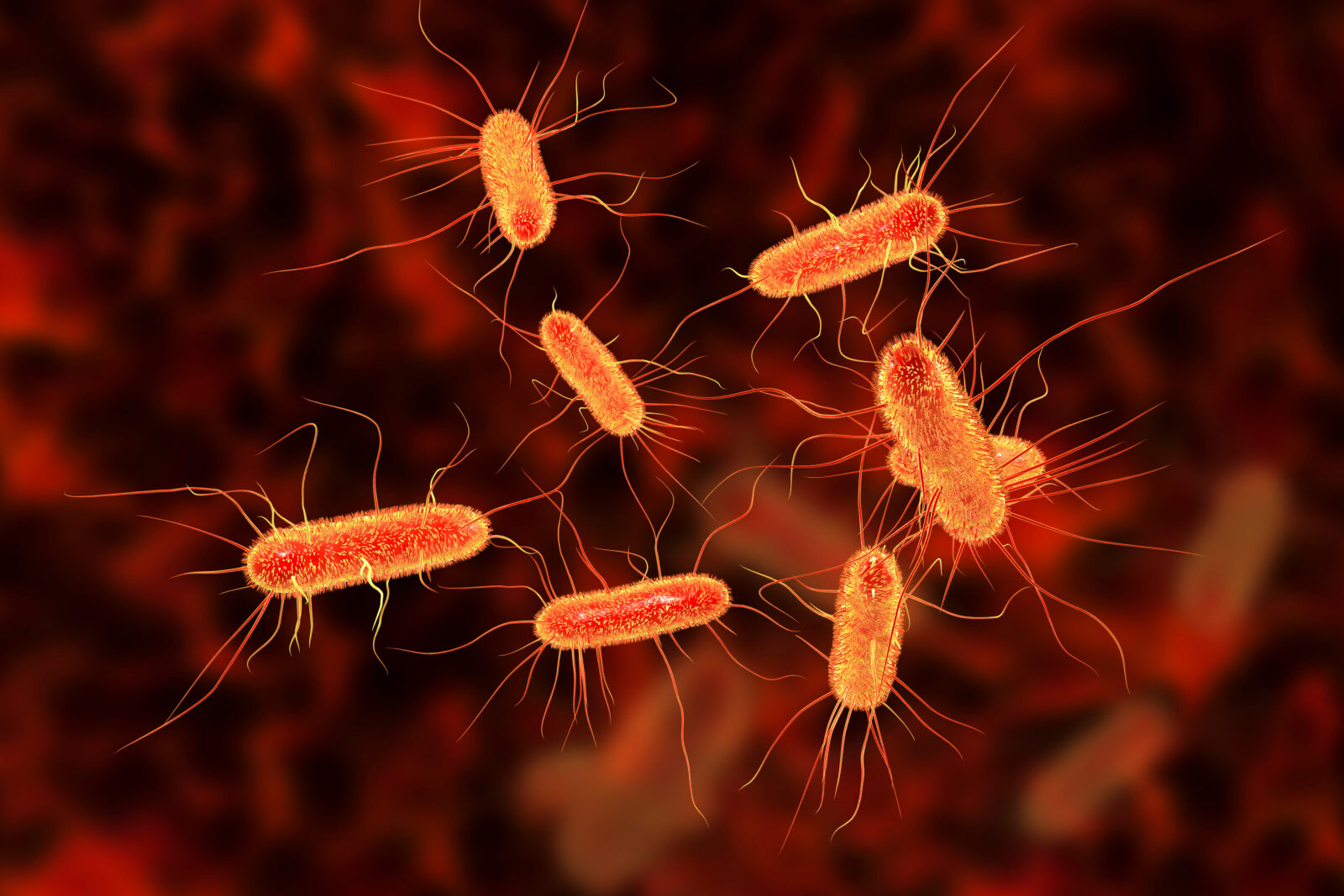Engineering and Evolution in the Microbial World
This year’s Conference On Engineering in Living Systems (CELS) happens this month and explores design principles at work in living things. To whet your appetite for the topic, we pulled this ID the Future from the archive. Host Jonathan Witt gives us a behind-the-scenes interview with Dustin Van Hofwegen, a biology professor at Azusa Pacific University in California. The occasion was a previous Conference on Engineering in Living Systems. The two discuss the private event, which brought together biologists and engineers to study how engineering principles and a design perspective can and are being applied to biology — to plants and animals but also to Van Hofwegen’s area of focus, the realm of microbial biology. The two quickly move into a conversation about Van Hofwegen’s article in the Journal of Bacteriology, co-authored with Carolyn Hovde and Scott Minnich, based on research they did at the University of Idaho. As Van Hofwegen explains, the research focused on one of the most ballyhooed evolutionary changes to come out of Richard Lenski’s long-term evolution experiment, a decades-long study of many thousands of generations of E. coli bacteria. Perhaps the biggest evolutionary development in the course of the experiment involved some bacteria beginning to feed in citric acid. Interesting, to be sure, but as Van Hofwegen explains, E. coli already has this capacity; it’s just a matter of switching it on. Van Hofwegen, Hovde, and Minnich demonstrated this through do-or-die experiments with E. coli, which led to the bacteria developing the capacity not in years or decades, as in the Lenski experiment, but in fourteen days, in as little as 100 generations. Van Hofwegen unpacks why this is an embarrassing result for Neo-Darwinism. The pair conclude with discussion of another study on antibiotic resistance with a similar result, that the resistance observed came not by evolving anything new but by tweaking something already present.
